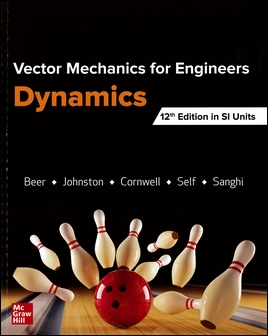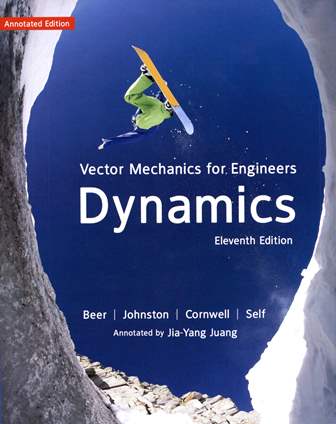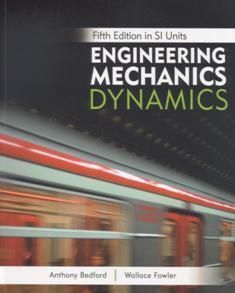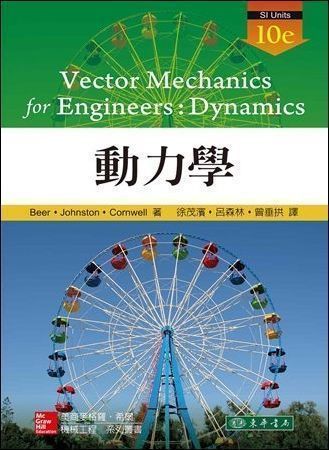書籍分類

(E-Book) Vector Mechanics for Engineers: Dynamics 12/e
作者:Ferdinand Beer, Russell Johnston, Phillip Cornwell, Brian Self, Sanjeev Sanghi
原價:NT$ 1,000
ISBN:9789814821612
版次:12
年份:2020
出版商:McGraw-Hill
頁數/規格:電子書
參考網頁:Vector Mechanics for Engineers: Dynamics 12/e
版次:12
年份:2020
出版商:McGraw-Hill
頁數/規格:電子書
參考網頁:Vector Mechanics for Engineers: Dynamics 12/e
內容介紹 本書特色 目錄 作者介紹
- 電子書訂購前請先詳讀:
- 訂購付款完畢後,請填寫 電子書回報資料-官網訂單,資料若不全,將影響您後續派送權益
- 查看 電子書平台登錄與註冊說明
- 查看 電子書平台操作手冊
- 此訂單為電子書,非紙本課本,電子書兌換碼一旦派送,則無法辦理退貨。
- 若有任何問題請 Email 至 ebook@tunghua.com.tw
帳號訂購流程
Step 1 登入會員 非東華網站會員,請點選右上角『註冊』。
Step 2 點選 『加入購買』填寫相關資料,並確認訂單無誤後,即可送出訂單。
Step 3 審核訂單 訂購單會盡力於24小時內(遇周末假日順延)審核,確定有庫存,系統會發送『付款通知信』至指定信箱。
Step 4 付款 收到付款通知信後,請於七天內付款。
Step 5 電子書兌換碼 確認入帳後,約 1-3 個工作天派送電子書兌換碼,會發訊息至您的個人 email 信箱。
Description
This text helps to develop a student's ability first to analyze problems in a simple and logical manner, and then to apply basic principles to their solutions. A strong conceptual understanding of these basic mechanics principles is essential for successfully solving mechanics problems. Continuing in the spirit of previous editions, this edition provides conceptually accurate and thorough coverage together with a significant refreshment of the exercise sets and online homework problems
A strong conceptual understanding is essential for solving problems successfully. This edition of Vector Mechanics for Engineers helps instructors and students achieve this goal by providing strong understanding and logical analysis for solving problems using SI metrics.
With new concepts presented in a simplified and detailed manner, a number of Advanced or Specialty sections are included. To keep these distinct and optional, they are marked with asterisk so users can choose whether or not to read. The text adopts SMART (Strategy, Modeling, Analysis, Reflect and Think) approach to problem solving. Maintaining its sound and significant pedagogy, approximately 300 homework problem sets are introduced or revised. The book is enhanced by rich online resources for instructors and students in Connect.






